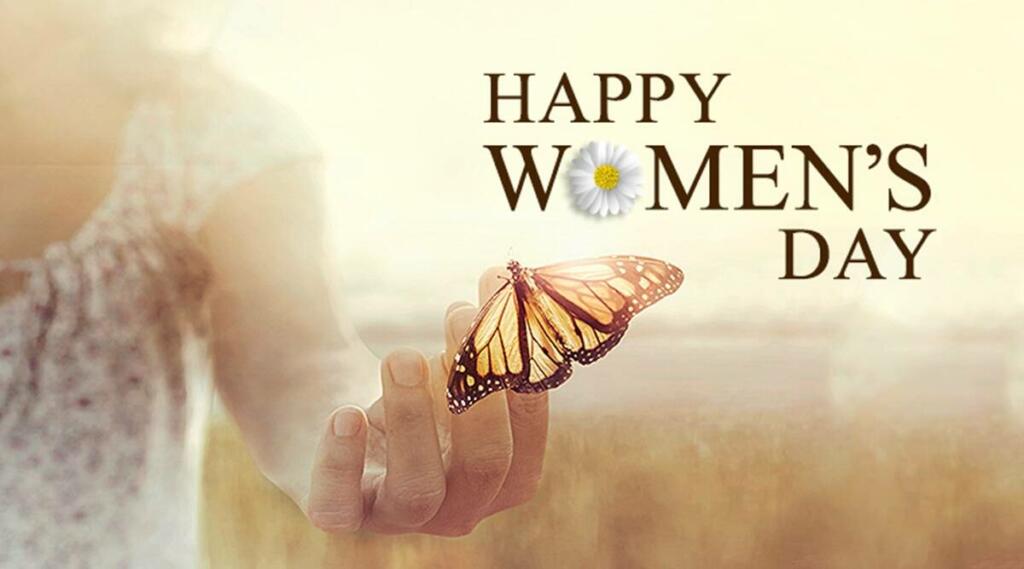International Women’s Day Nari dibosh
International Women’s Day (IWD), Nari Diwas or Nari dibosh is globally celebrated annually on March 8 to commemorate the cultural, political, and socioeconomic achievements of women. It is also a point of focus in the women’s rights movement, laying importance on issues such as gender equality, reproductive rights, and violence and abuse against women.
In August 1910, feminism was on the rise in the west, and an International Socialist Women’s Conference was organised to precede the general meeting of the Socialist Second International in Copenhagen, the capital city if Denmark. German delegates Clara Zetkin, Kate Duncker and others proposed the setting up of an annual ‘Women’s Day’ as they were inspired in part by the American socialist leaders.
The colour purple is used to symbolise International Women’s Day.
If you want to inform yourself about the topics of Women’s Day (Nari Dibosh), this is the right place. Few have heard of it, says Goriber Abar Nari Dibosh, who is very poor. In 1975, after the United Nations declared the International Year of Women, it issued official sanctions and began sponsoring the day, which was embraced by many governments.
Also Read: 22 Men’s Day Wishes for your friends & colleague
Generally, there are different themes for the celebration of the International Nari Dibosh observed each year. Historically, these have been:
1996: Celebrating the past, planning for the future
1997: Women and the peace table
1998: Women and human rights
1999: World free of violence against women
2000: Women uniting for peace
2001: Women and peace: women managing conflicts
2002: Afghan women today: Realities and opportunities
2003: Gender equality and the millennium development goals
2004: Women and HIV/AIDS
2005: Gender equality beyond 2005; building a more secure future
2006: Women in decision-making
2007: Ending impunity for violence against women and girls
2008: Investing in women and girls
2009: Women and men united to end violence against women and girls
2010: Equal rights, equal opportunities: progress for all
2011: Equal access to education, training, and science and technology: Pathway to decent work for women
2012: Empower rural women, end poverty and hunger
2013: A promise is a promise: Time for action to end violence against women
2014: equality for women is progress for all
2015: Empowering women, empowering humanity: Picture it!
2016: Planet 50-50 by 2030: Step it up for gender equality
2017: Women in the changing world of work: Planet 50-50 by 2030
2018: Time is now: Rural and urban activists transforming women’s lives
2019: Think equal, build smart, innovate for change
Also Read: Sheena Agarwal IAS- Doctor to IAS An Inspirational Story
The theme for Women’s Day 2020 was “I am Generation Equality: Realising Women’s Rights”
It is celebrated annually on 8 March to commemorate the cultural, political and socio-economic achievements of women on International Women’s Day (IWD) or Nari Diwas (Nari Dibosh). The topic was discussed in January 2010 during a preparatory meeting to present and discuss the Joint Declaration on 100 Years of Women, which was presented to the relevant UN bodies by the Prime Minister of the Government of Bangladesh on 8 March 2010. The day has become familiar to the women’s movement in Antorjatik, where Nari dibosh is celebrated across the country.
Read this : Sanskrit Shloka on Women’s day
International Women’s Day ( IWD ) “Nari Dibosh” is a worldwide day to celebrate the social, economic, cultural and political achievements of women. Women from different parts of the country have picked up on plans to make embroidered patterns to express their feelings for women’s rights in the piece. I asked my respondents if they knew what International Women’s Day is on March 8.
In other words, many people know that Women’s Day is a proletarian Women’s Day (Nari Dibosh). Well, these thoughts prompted me to take a walk in the memory lane. How wonderful a celebration of the day. You can share sweet Bangla SMS about the day with your mother, sister, better half, teacher and others on Nari Dibosh, Many Bengalis comforted the plight of women, but could not ignore the fact that more and more horrific experiences of rape and resulting pregnancies were coming to light.
Read More : Antorjatik Matribhasha Dibosh History and Significance
